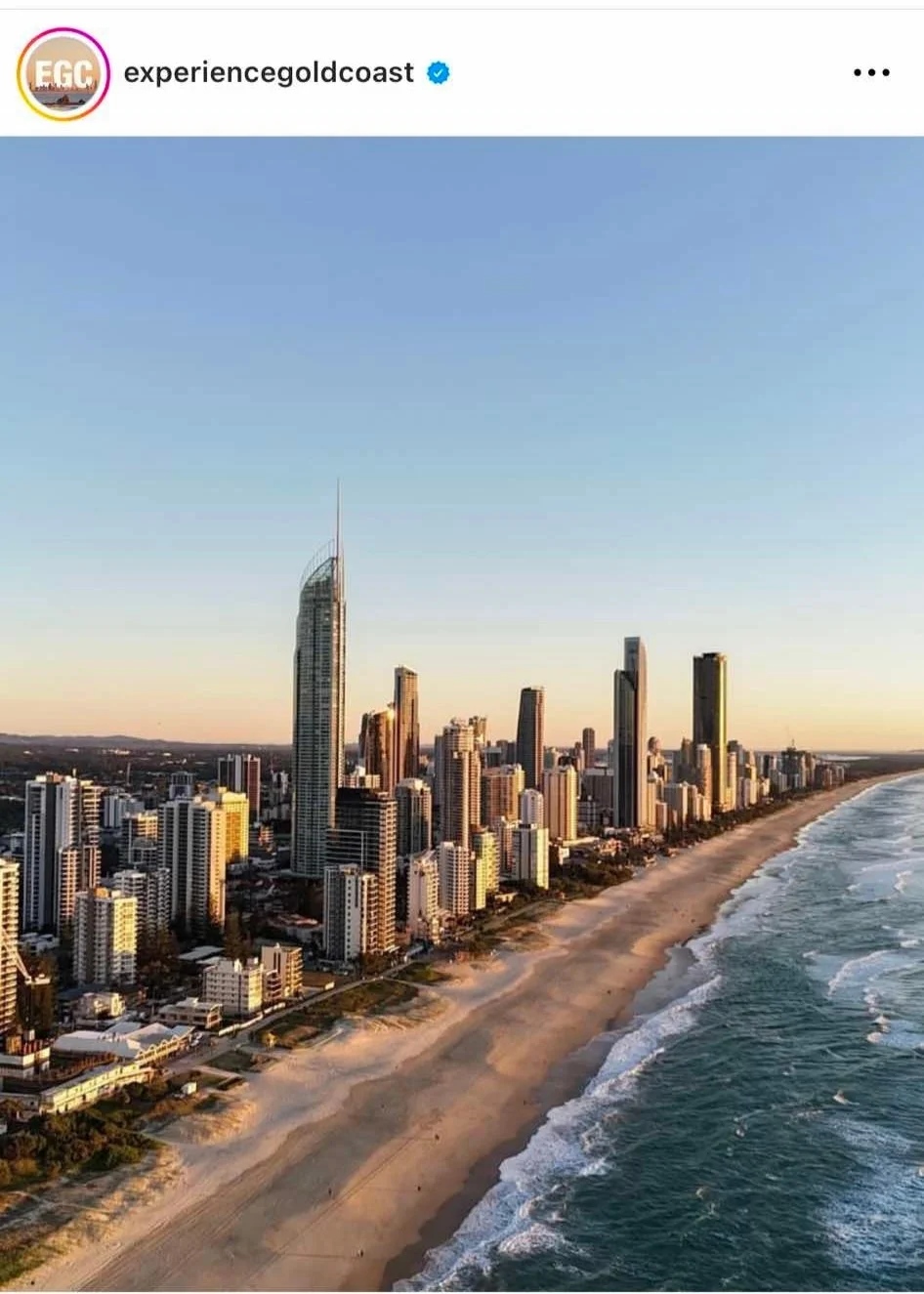How to Use Social Media for Tourism Business Growth
Table of Contents
1. Develop a Strong Social Media Strategy
6. Leverage Influencer Partnerships
7. Monitor and Analyse Performance
8. Adapt to Trends and Changes
We are in the digital age; social media has become a powerful tool for driving tourism business growth.
By leveraging social media platforms effectively, tourism businesses can enhance their visibility, engage with potential customers, and boost their overall growth.
Here’s a comprehensive guide on how to use social media for tourism business growth, including practical strategies and examples from the travel industry.
1. Develop a Strong Social Media Strategy
A well-defined social media strategy is essential for achieving your tourism business growth goals.
Start by setting clear objectives that align with your overall business goals.
These objectives might include increasing brand awareness, driving website traffic, or boosting bookings.
Example: Tourism Australia has a robust social media strategy that focuses on showcasing the country's diverse attractions through engaging content.
Their strategy includes regular posts about stunning destinations, local experiences, and travel tips, which helps in building a strong online presence and attracting tourists.
Tourism Australia Social Media Strategy
Download stats and explanations on how you can work with Tourism Australia
2. Choose the Right Platforms
Selecting the right social media platforms is crucial.
Different platforms cater to different audiences, so choose the ones that best align with your target market.
For tourism businesses, platforms like Instagram, Facebook, and Pinterest are particularly effective due to their visual nature and broad reach.
Example: Australia’s Gold Coast uses Instagram to share breathtaking images and videos of its beaches, attractions, and events. This visual content appeals to tourists and encourages them to consider the Gold Coast for their next holiday.
3. Create Engaging Content
High-quality, engaging content is key to capturing the attention of your audience.
Share a mix of content types, including stunning visuals, travel tips, user-generated content, and behind-the-scenes looks.
This variety keeps your audience interested and engaged.
Example: Wotif regularly posts travel tips, destination guides, and customer reviews on their Facebook page. Their engaging content, coupled with beautiful imagery, helps in inspiring potential travellers and driving engagement.
4. Utilise Paid Advertising
Social media advertising can significantly boost your reach and visibility.
Platforms like Facebook and Instagram offer targeted advertising options that allow you to reach specific demographics based on interests, location, and behaviour.
Example: Expedia uses Facebook and Instagram ads to promote special travel deals and destinations. By targeting ads to users interested in travel, Expedia effectively increases their chances of reaching potential customers and driving bookings.
5. Engage with Your Audience
Active engagement with your audience helps in building relationships and trust.
Respond to comments, messages, and reviews promptly.
Encourage user-generated content by asking customers to share their travel experiences and tagging your business.
Example: Visit Victoria actively engages with followers by responding to comments, sharing user-generated content, and participating in conversations. This interaction fosters a sense of community and enhances customer loyalty.
6. Leverage Influencer Partnerships
Partnering with influencers in the travel industry can amplify your reach and credibility.
Choose influencers whose audience aligns with your target market and collaborate with them to promote your destinations or services.
Example: Australia's Outback collaborates with travel influencers to showcase the unique experiences of the Outback. Influencers share their travel adventures and highlight the destination's attractions, which helps in reaching a broader audience and generating interest.
7. Monitor and Analyse Performance
Regularly monitor and analyse your social media performance to understand what’s working and what needs improvement.
Use analytics tools provided by social media platforms to track key metrics such as engagement, reach, and conversions.
Example: Booking.com uses social media analytics to assess the performance of their campaigns and content.
By analysing metrics such as engagement rates and click-through rates, they can make data-driven decisions to enhance their social media strategy.
8. Adapt to Trends and Changes
Social media trends and algorithms are constantly evolving.
Stay updated with the latest trends and adapt your strategy accordingly. Experiment with new features, such as Instagram Reels or Facebook Live, to stay relevant and engage with your audience.
Example: TourRadar keeps up with social media trends by incorporating new features and formats into their content strategy. By embracing trends like video content and interactive posts, they remain engaging and attractive to their audience.
9. Build a Community
Creating a sense of community around your brand can lead to increased customer loyalty and advocacy.
Encourage discussions, share user stories, and create interactive content to build a strong community of travellers who are passionate about your brand.
Example: Australia’s Tasmanian Devil Conservation Centre fosters a community by sharing stories about their conservation efforts and engaging with followers through interactive content. This approach builds a loyal community of supporters and advocates for their cause.
Conclusion
As I said at the beginning, we are in the digital age so embrace it.
Social media is a powerful tool for driving tourism business growth.
By developing a strong social media strategy, choosing the right platforms, creating engaging content, and leveraging paid advertising, you can enhance your visibility and attract more customers.
Engaging with your audience, partnering with influencers, and continuously monitoring performance will help you stay ahead in the competitive travel industry.
Why is everyone talking about content marketing?
Ready to take your tourism business to the next level with effective social media strategies?
Contact us today to learn how our expertise in tourism business growth strategies and digital marketing for the travel industry can help you achieve your goals.
Let’s work together to create a winning social media strategy and drive your business growth!
Your journey to social media success and tourism growth starts now!
📞 Call us at 0491 729 043















